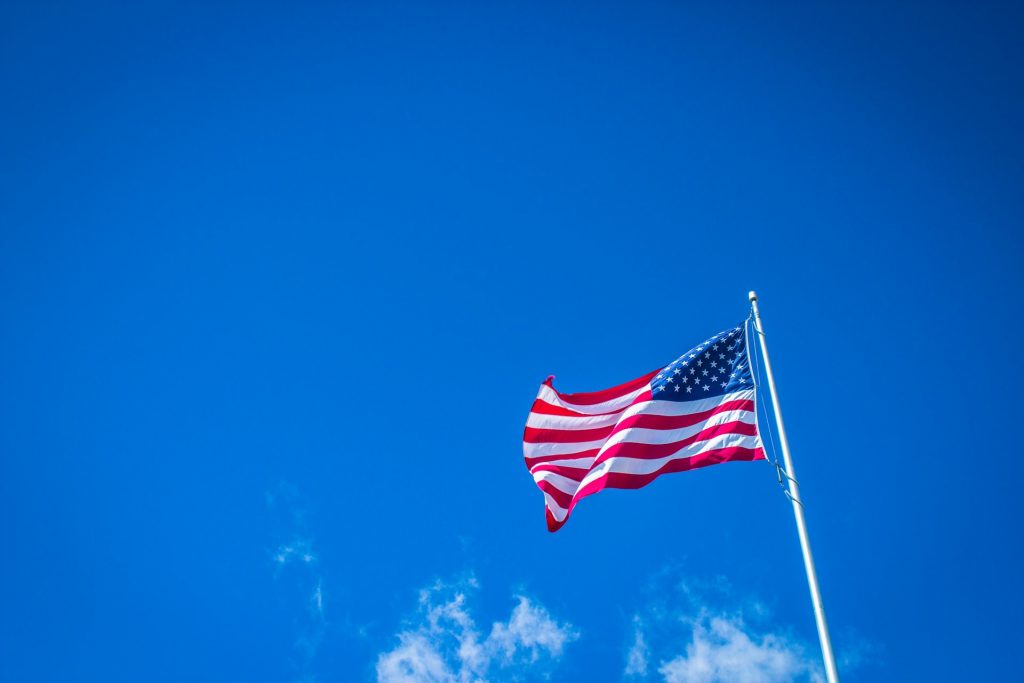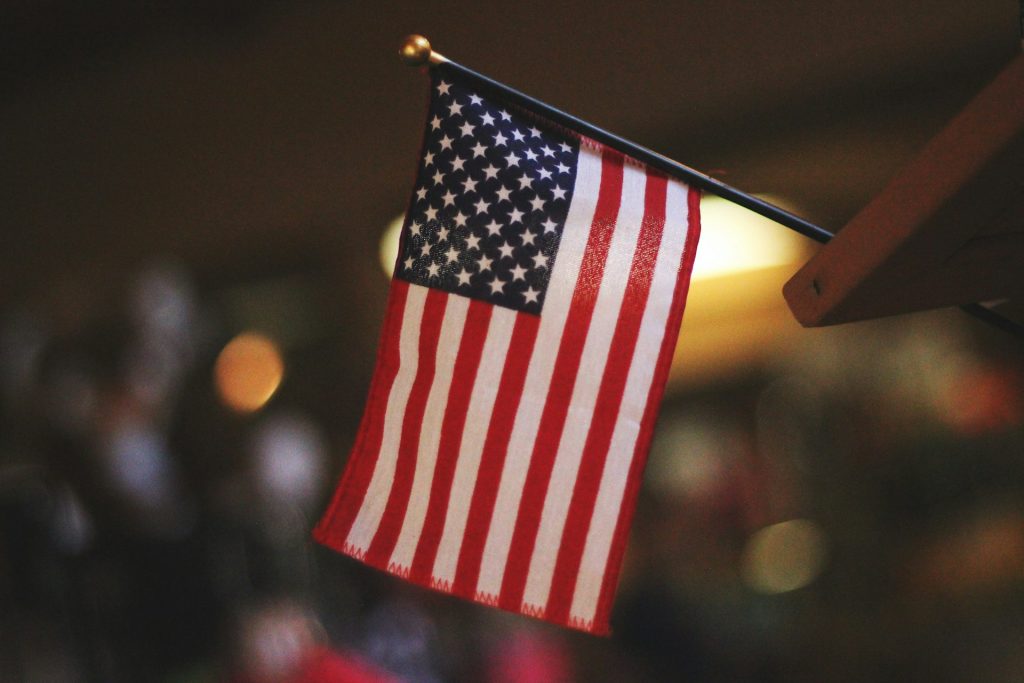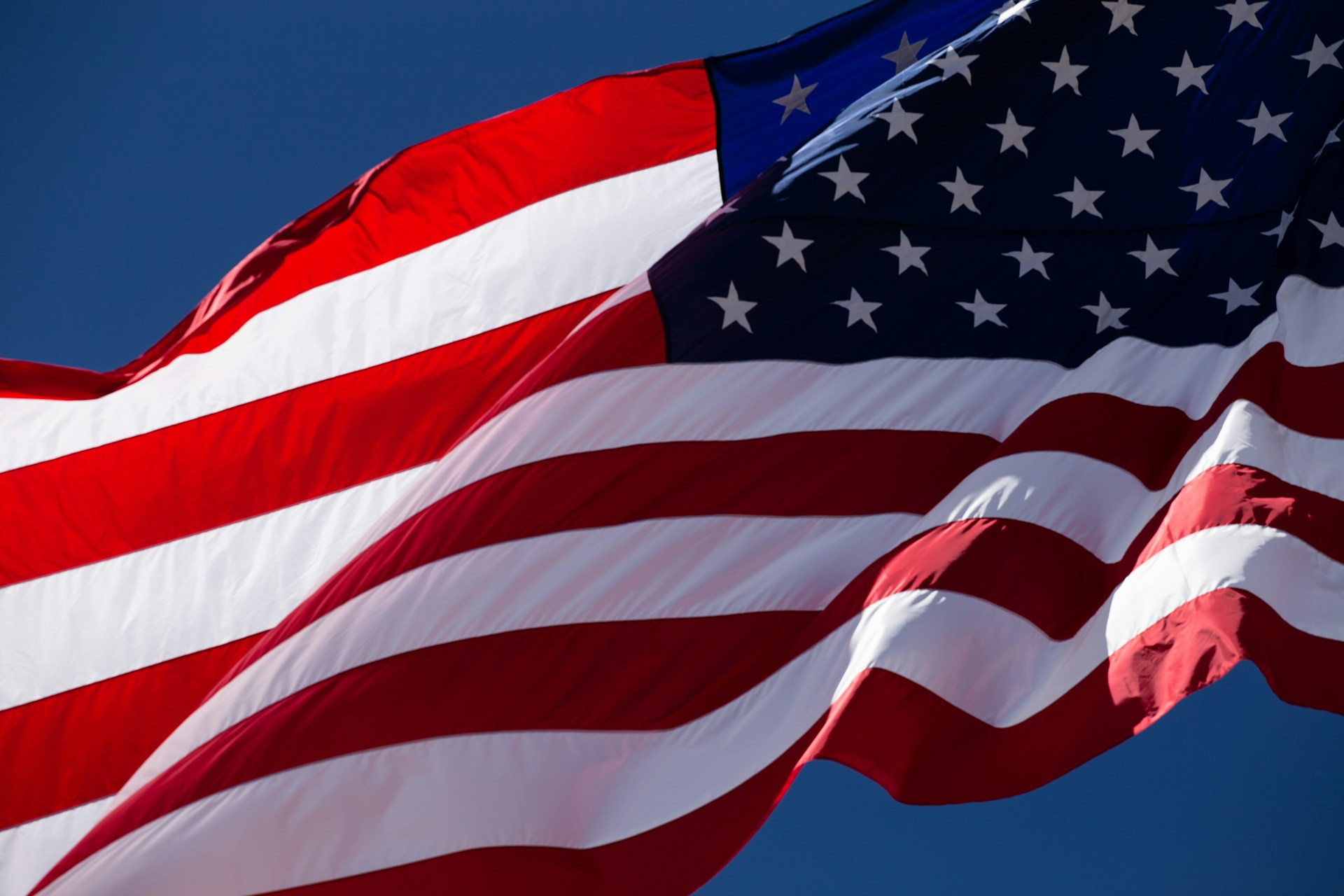The American flag, with its iconic stars and stripes, holds a special place in the hearts of millions of people around the world. But beyond its symbolism, there are some fascinating facts and stories associated with this revered national emblem. Let’s take a closer look at some fast flag facts that might surprise you.

1. Evolution of the Design: From 1777 to Present
The flag’s original design, established by the Flag Act of 1777, remained unchanged until 1795. It featured 13 alternating red and white stripes representing the original colonies, along with 13 white stars on a blue field. However, in 1794, two stars and two stripes were added to accommodate the admission of Kentucky and Vermont to the Union. This 15-star, 15-stripe flag inspired Francis Scott Key to pen the poem that later became the Star-Spangled Banner. In 1818, the design was modified again, fixing the number of stripes at 13 and allowing for the addition of new stars to represent new states.
2. Flag Day: A Dual Celebration of Patriotism
While June 14 is celebrated as Flag Day to honor the adoption of the national flag, it also holds significance for the U.S. Army. Two years before the adoption of the flag, the Congress authorized the enlistment of soldiers for the Continental Army on the same date. Thus, June 14 marks not only the birth of the flag but also the establishment of the U.S. Army.

3. Flag Day: A Holiday in Pennsylvania
Though Flag Day became a recognized national holiday in 1949, it is only observed as a legal state holiday in Pennsylvania. The initiative to establish Flag Day as a holiday began in 1885, thanks to Bernard Cigrand, a Wisconsin grade school teacher. However, it wasn’t until 1916, with a proclamation by President Woodrow Wilson, that Flag Day gained national recognition.
4. Fort Sumter: Where the First Casualties Occurred
During the Civil War’s first battle at Fort Sumter, only two casualties occurred, both flag-related. Union commander Major Robert Anderson insisted on a 100-gun salute as the American flag was lowered during the fort’s surrender. Tragically, a nearby pile of rifle cartridges exploded during the ceremony, resulting in the first fatalities of the war.
5. The Colors of the Flag: A Specific Palette
The colors used to create the American flag adhere to specific shades designated by the Textile Color Card Association of the United States. “Old Glory Red” and “Old Glory Blue” are meticulously defined for authenticity. However, some manufacturers opt for slightly altered shades for mass-market production.
6. Early Desecration Concerns: Not What You Might Expect
In the 19th century, lawmakers were more concerned with the commercial use of the flag’s image than with flag burning. Early statutes aimed to restrict the flag’s use in advertising, considering it a form of contempt. These laws, upheld by the Supreme Court in 1907, aimed to preserve the flag’s dignity.

In conclusion, the American flag stands as a symbol of unity, resilience, and freedom. As we celebrate its history and significance, let’s remember the sacrifices made to uphold its honor and the values it represents.





